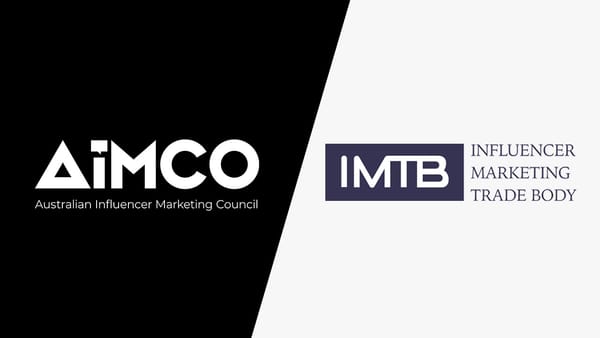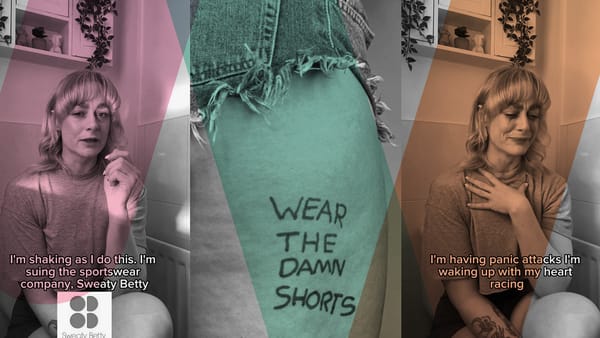Vanity metrics are dead
Over the last year, it’s become clear that influencer marketing has a fraud problem. This problem is directly linked to the dependence on vanity metrics as the primary indicator of influencer value. What has also become clear is that these metrics do nothing to measure the impact digital creatives can make and the value they can generate for brands. The real value comes from authenticity, the relationships creators have with their audiences, and the influencer’s ability to mix creativity with results and provide metrics that show success. Smart brands are looking beyond vanity metrics and digging deeper into what influencer reach really is by looking at geographies, engagement, and other performance indicators. Brands are also starting to understand that influence is about relationships. In addition to looking for authentic creators with highly-engaged communities, brands are looking to invest in long-term relationships with creative influencers. Some influencers will promote a campaign and then remove the content two days later. You need an influencer who is creative, consistent, and committed to the brand.Value vs. platform
When assessing influencer value, it’s also important to consider which platforms are best suited for achieving the brand objective. Twitter is not the same as Instagram, nor is Facebook equivalent to YouTube; all of these channels have different values for different formats. No two platforms are the same, and influencer value varies across platforms. Some influencers are platform agnostic – meaning they have audiences across multiple platforms – whereas others choose to specialise. In many cases, brands are seeking quality and safety. Since each channel has its own language and characteristics, choosing the right influencer is key to delivering an effective brand story. By the same token, brands want to work with influencers who won’t expose them to scandal or compromise the brand reputation in any way. These are all things for brands to consider when assessing influencer value.Which influencers have the most value for your brand?
Vanity metrics are not the only problem when it came to understanding influencer value. Until recently, we didn’t really have the tools for measuring audience engagement, industry passion or expertise, and where audiences are located. Now there are tools that will validate a creator’s audience to help brands avoid follower and engagement fraud. Here are some things to consider when trying to determine which influencer will provide the best value for your brand.Relationships:
Not only do you want to look for influencers with an engaged community, but you also want influencers who engage with their audience. Look for influencers who respond to their followers and engage with their audience in the comments. This kind of audience interaction is a good indication of a digital creator who values relationships, which means they might be more inclined to building long-term relationships with brands as well.Transparency:
This is a crucial element for influencers to establish with their audiences and with brands. For brands, influencer transparency means having direct access to first-party data for the purpose of measuring performance. For audiences, influencers build trust by disclosing brand relationships by tagging content #ad or #sponsored.Collaboration:
Influencer-brand relationships work best when both sides understand the art of co-creation. Sometimes when agencies are involved, creative briefs and communication are diluted between the brand and influencers. Ideally, the brand will select a digital creative early on and include them in the process of creative strategy development.Diversity:
Brands shouldn’t just go for the “blonde, skinny” stereotype. Instead, they should work with a wide range of influencers to tap into their unique audiences. Influence is about more than the picture or the image; don’t make the mistake of using appearance to determine value.Safety:
Brands want to avoid working with influencers who have a history of online bullying, promote unsafe products, or might expose the brand to an unnecessary scandal. Even for edgier brands, it’s important to choose influencers whose authentic content aligns with the brand message and reputation.







